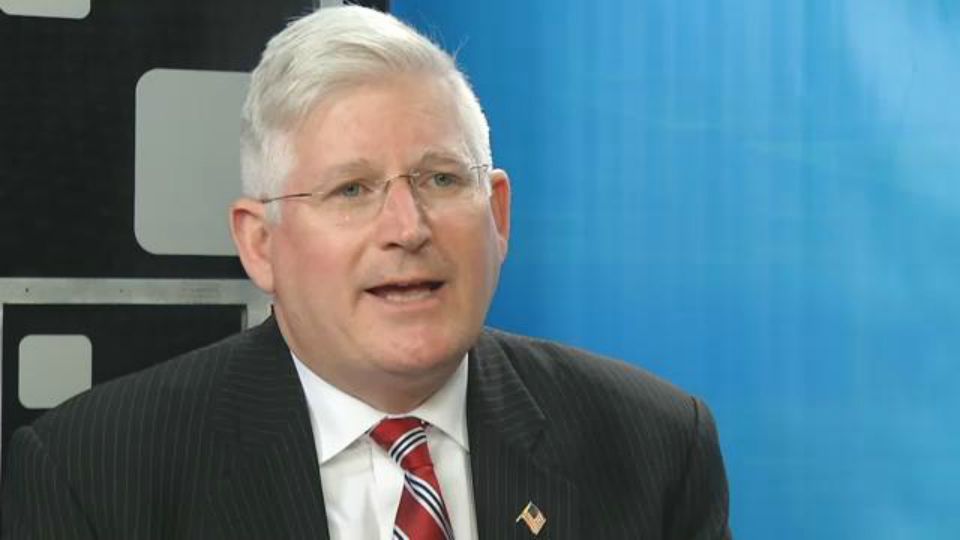BUFFALO, N.Y. — Shedding light on tough issues is never easy as a parent, nor is sitting down to start that conversation.
“What’s interesting is that if you look at the psychological, evidence-based, infants as early as six months start to detect racial difference,” Dr. Sourav Sengupta, a psychiatrist at Oishei Children’s Hospital and UB said.
Sengupta says kids are sponges, so be prepared for conversations as young as age 2.
“Sometimes it’s really about asking questions of them,” Sengupta said. “You know helping yourself as a parent understand how they are viewing the world.”
Sengupta says to take the lead and start the conversation.
“Let’s talk about it as you know how much melanin people have in their skin,” Sengupta said. “You know, that if you have more melanin you have darker skin and darker hair.”
Then you can ask this question: Should people be treated differently based on the color of their skin?
Sengupta says children are interested in fairness, and most kids will say no. He says that initiates a space for other conversations. As a father of multi-racial kids, he has found it critical to ask them about the media they’re watching.
“What do you think about this character, what do you think about that,” he suggested as questions. “Sometimes in being a little bit curious you can find out, I will be frank, the challenging things about how our kids are viewing the world.”
And if they have those challenging views, he has suggestions on that, too.
“Here is another way to look at it, here is another action we can take that can move us into a better direction of connecting with people of all different types,” Sengupta suggested.
He teaches his kids to be "upstanders."
“How to be a good friend, basically to someone who looks different, or is coming from a different cultural background,” Sengupta said.
Now, let’s talking bullying. It’s bound to happen, especially in school. This is where Desiree Williams, a school psychologist for Buffalo Public Schools comes in. She says it starts with an intentional and direct conversation.
“There should be a consequence at home, that is followed through to really drive home that that behavior is not accepted,” Williams said.
And, ask your student about where that prejudice may be coming from. When it comes to racial trauma, Williams says for younger kids focus on the helpers, like police or their teachers, and emphasize safety. For older kids, the advice is similar.
“Be open and honest to dispel any false information that they may have heard, and also focus on that aspect of safety,” Williams suggested.
And overall, keep tabs on their well-being and watch for behavioral changes. For example, excessive sleep and eating less.
“Not spending time with friends like they used to,” Williams added.
Williams says thankfully, issues in the classroom regarding race are far and few in between at her school. The issues she deals with a lot are relational and stem from outside the classroom. So how do you manage that?
“Really making sure that you are involved, you are engaged, you are talking to your child, and that you are a safe space,” Williams suggested.
Sengupta says as tough as the conversations may be, get used to being unconformable.
“These conversations are not an option for many families, it’s just a matter of safety and survival,” Sengupta said. “So for me, to make a choice on whether to have these conversations or not is a form of privilege. But, I like to flip that around and say then it is our responsibility.”
Here's a list of their book recommendations for children:
- For younger kids, Sengupta has some books he recommends, like the Brad Meltzer series. He focuses on biographies of historical Black Americans
- For middle schoolers, he suggests Rita Williams-Garcias’ "One Crazy Summer"
- For older kids, there's John Lewis’ graphic novel “March”
- Williams has a children’s book series of her own called "Brilliant Brown Babies," which you can get your hands on
You can make reading a family event, using the books as an impetus for conversations.
To see part one of this story, click here.










